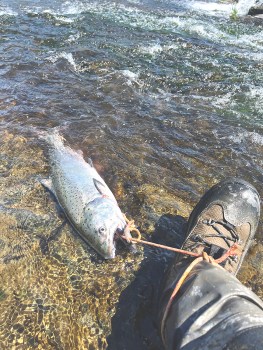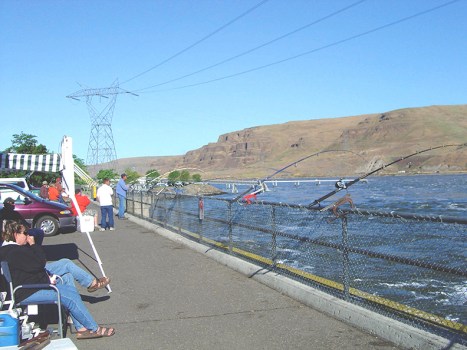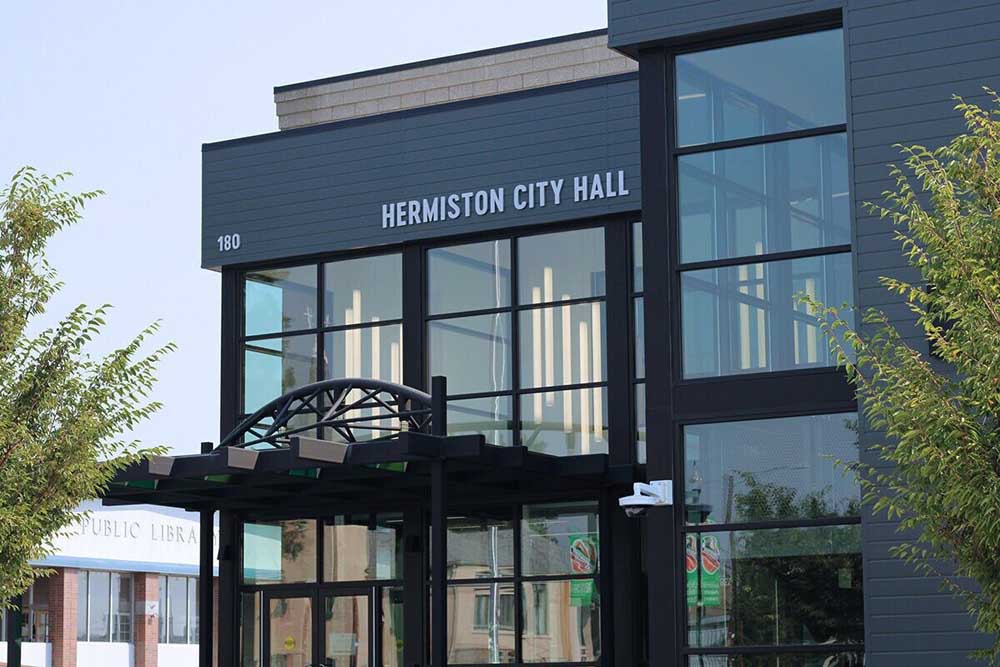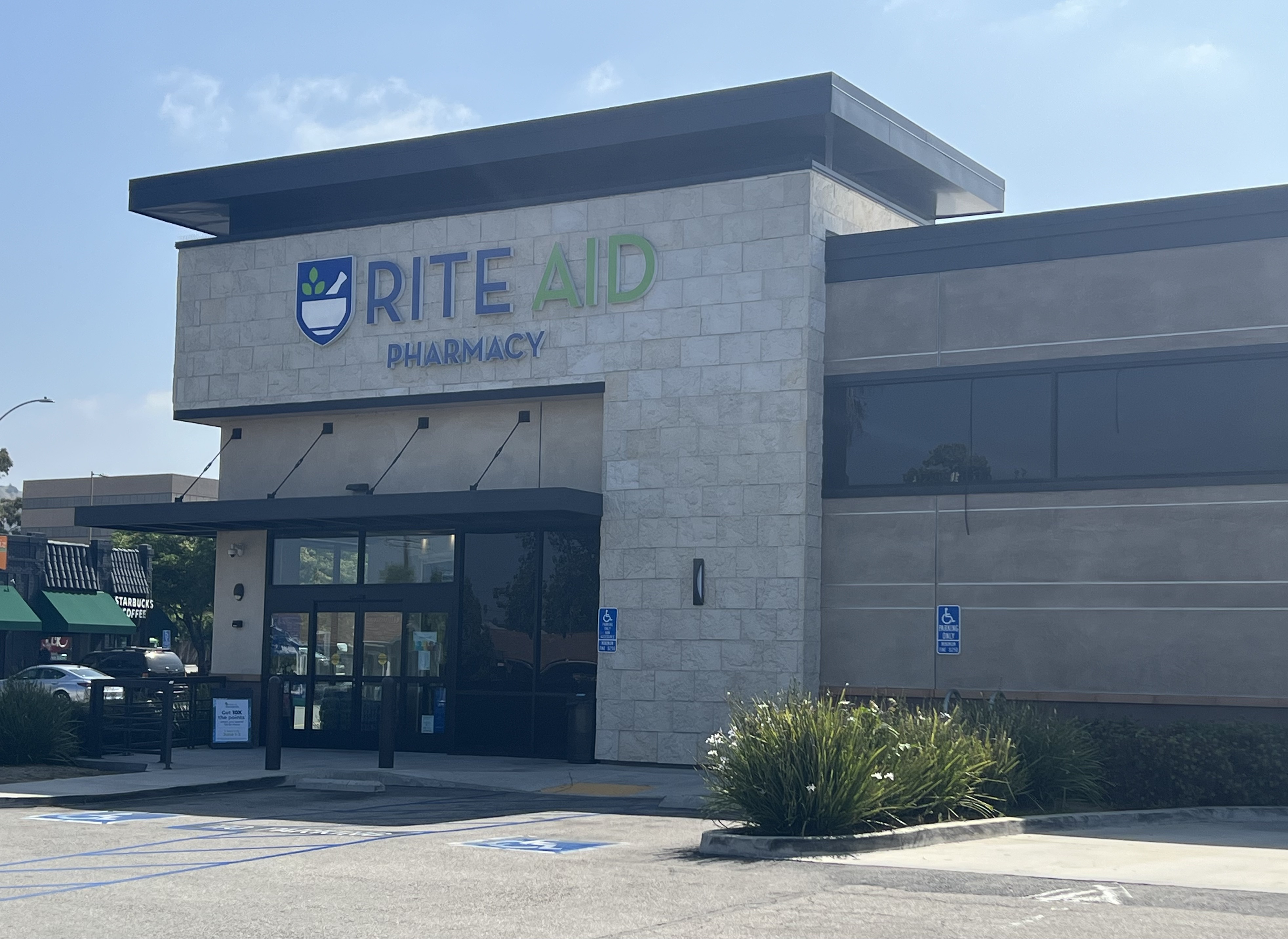The Natural World: Springers are on their way
Published 7:10 am Friday, May 16, 2025
I’m headed down the Columbia River Gorge via Washington Highway 14 on a cool, windy morning that promises rain. Timing is right for a chance at a mint-bright, spring-run chinook salmon, but a recent change in plans thwarted a chance to join friends for an afternoon guided trip.
The arrival of spring-run chinook salmon was heralded by Meriwether Lewis and William Clark on their return trip up the Columbia River near The Dalles in April 1806: “There was great joy with the natives last night in consequence of the arrival of the salmon.”
The stretch of the Columbia River between The Dalles and Celilo Falls was said to be the greatest fishery on the entire Columbia, drawing tribes from far and wide to fish, trade and gamble.
A cloud-shrouded Mount Hood looms large in the distance while the blades of ominous ridgetop turbines convert wind energy into electricity. Turkey vultures circle over the abandoned hulls of a dozen boats lined up beside a wood-frame house in need of a fresh coat of paint. Nearby greening hills are ablaze with the bloom of balsamroot, yarrow, purple lupine, and creeping phlox. The turbulent spill of the John Day Dam speeds this year’s crop of salmon and steelhead smolts to the Pacific Ocean.
The Great Falls of the Columbia and two ancient Indian villages — Wyam, on the Oregon side of the river, and S’kin on the Washington shore — disappeared beneath the rising backwater of The Dalles Dam on March 10, 1957. The once-great fishery can be imagined by viewing sturdy wooden platforms that contemporary fishers have cantilevered from shoreline basalt in the tailwater of The Dalles and John Day dams. A traditional First Salmon Feast continues today for regional tribes that gather at longhouses to feast on spring-run salmon and roots.
My three-hour drive provides ample time to reflect on past fishing trips for lower Columbia River springers. Once, while fishing under the Interstate 5 bridge in Portland, I quickly hooked the first salmon of the morning. Unfortunately, the fish got off before I could remove the rod from the holder. The rest of the day was spent watching other rod tips go down. My consolation prize was what I call a “sympathy” salmon, or the one that struck the guide’s rod after everyone else on the boat had filled their tag.
I recall a stormy weekend with two fishing “pals” who joined forces to put me on “time out” after I filled my salmon tag on day one. Two hours of watching, waiting and disconcert passed on day two before they each landed their first springer of the trip, after which they welcomed me to put out a rod of my own.
Another trip that stuck in my craw involved a hefty 17-pound springer I landed after an exciting battle in Drano Lake. I didn’t notice another angler had swapped out his 12-pounder with my fish until I hiked to my parked truck and opened the plastic bag he handed me at the dock. By then, my trophy-size salmon was 20 miles down the road.
Is it possible, after chasing these amazing fish for half my life, that a once religious fervor has grown lukewarm? The first blow to my zeal occurred when a dear friend took his life. BT would sleep, eat and manage bodily functions to hold a prime anchor spot. He’d often drop a buoy at a favorite current seam downstream from Ice Harbor Dam and pick me up from the shoreline — if only to have another rod out. BT’s unbridled enthusiasm kept me on task long past time I would have gladly quit on my own.
My buddy Andy and I would regularly join a lineup of locals along the “Wall” at Little Goose Dam, drop down a Spin-n-Glo and herring rig weighted with a 40-ounce lead ball, and wait for the savage strike of an upriver-bound springer. Sadly, Andy passed away in a memory care facility last year and my fly fisher pals refuse to be convinced of the need to replace his able company.
Another positive choice for springers causes me to grab a bag of cured roe and strap on chest waders. The Umatilla River run peaks in mid-May and continues through early June. Although a once-unbridled addiction to this local fishery has tempered, I plan to chance my luck on occasion.
Lately, I’ve been monitoring the movement of chinook salmon over McNary and Ice Harbor dams. The early season, overall forecast for adult spring chinook returning to the Columbia River basin was 122,500. Of that total, 32,000 hatchery fish were projected to return to the Snake River, providing welcome opportunity for upriver harvest. Joe Dupont of Idaho Fish and Game recently provided a summary for spring-run chinook salmon fisheries in the lower Salmon and Little Salmon rivers, Hells Canyon and the Clearwater River basin (idfg.idaho.com). In past years, the Grande Ronde and Imnaha River watersheds also opened for harvest (see odfw.com for updates).
Regardless of how one views the current state of affairs, there is good reason to venture forth for a try at what is likely the prettiest and best eating fish on the planet. May due diligence and positivity lead you to pleasant memories of a savage strike followed by the out-of-control blitz of a mint-bright, spring-run chinook salmon.
Dennis Dauble is a retired fishery scientist, outdoor writer, presenter and educator who lives in Richland, Washington. He is the author of five award-winning books about fish and fishing. His book, “A Rustic Cabin,” chronicles 19 years of cabin life in the Umatilla River canyon. His website is DennisDaubleBooks.com.







